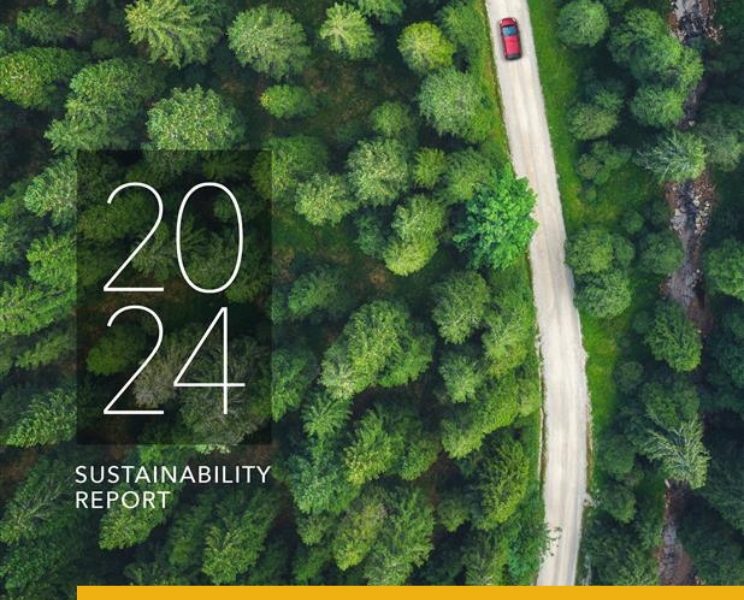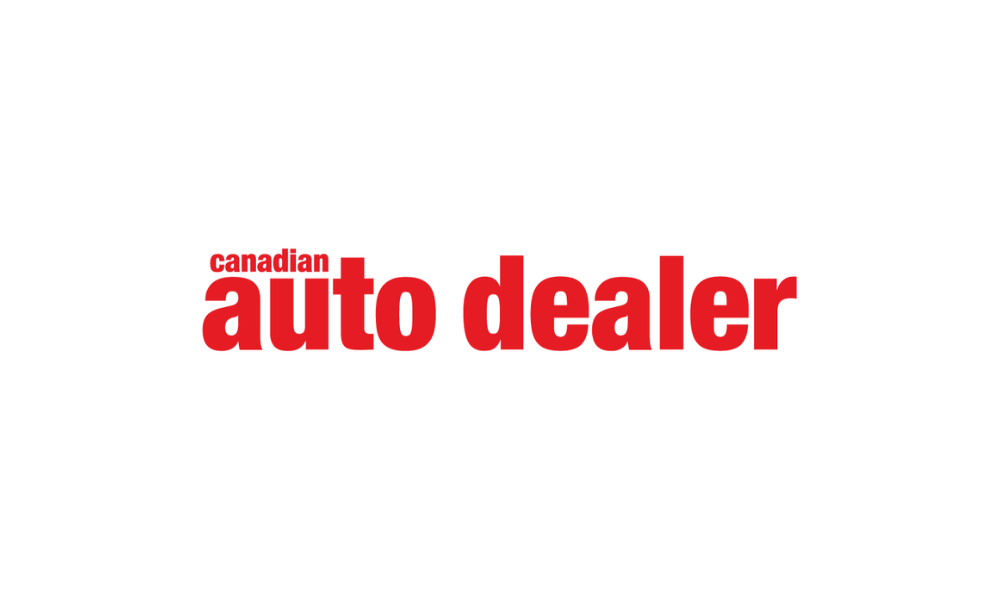F&I providers have to care for the needs of today’s increasingly polarized customers.
By Anthony Okuchi, Senior Manager, Product Strategy, LGM Financial Services
As appeared in the March 2017 issue of Auto Journal
It’s a good time to be an auto manufacturer. The year started off strong with Canadian car and light truck sales totalling 110,945 in January–an all-time record for the month according to DesRosiers. With these numbers, it seems the doomsday predictions of the impending “end of the car age” aren’t exactly coming to fruition. Rather, numbers from J.D. Power show millennials have surpassed Gen Xers to become the second-largest group of new car buyers after baby boomers.
AUTO INDUSTRY VS. TECH GIANTS
Despite its recent successes, the auto industry is not for the faint of heart. Traditional automotive players are faced with steep competition from tech giants such as Apple and Google, and OEMs are feeling the pressure to introduce cutting-edge technology with each new model.
The good news for OEMs is that these new entrants haven’t dominated in the automotive space as they have in other industries. A McKinsey & Company report, “Disruptive trends that will transform the auto industry,” notes that the mobile phone/handset industry has welcomed 10 new players over the last 15 years, compared to the only two new players who have infiltrated the list of the top-15 automotive OEMs in the same period. In other words, it’s hard to break into the car business.
TECH TRENDS
The McKinsey report highlights software competence as one of the most important differentiating factors for the industry–features like ADAS/ active safety, connectivity and infotainment.
Auto makers have to keep up with these technological trends and satisfy the insatiable consumer demand for the latest and greatest. At the same time, OEMs must also follow through on their promises of vehicle quality and dependability.
The J.D. Power 2016 U.S. Vehicle Dependability Study found that technologies such as infotainment, navigation and in-vehicle communication systems are now the most problematic areas on most vehicles and are responsible for the industry’s three percent year-over-year decline in vehicle dependability.
It’s a difficult balancing act: being first to market with the latest technologies, while also maintaining consumer confidence by offering well-tested features. OEMs also can’t raise vehicle prices to an unattainable level for their target customer, so they are essentially being asked to provide much more for the same affordable price.
LENGTH OF OWNERSHIP
Disruptive technologies have also resulted in a polarization of driving habits and length of ownership periods. On the one side are those who want to upgrade their vehicles every few years to take advantage of rapidly advancing technology. Consider this: Just three or four years ago, a feature like cruise control only set the accelerator. Now, the latest generations of cruise control help keep you in your lane and have sophisticated accident avoidance capabilities. In ten years, it seems likely that there will be a cruise control so adaptive you can actually sleep on your way to work.
These are undeniably exciting advancements and it’s no wonder there’s a portion of the population that wants to keep up with the changes. The same consumer mentality that results in hundreds of customers waiting in line for the latest iPhone transcends industries.
That being said, there is still a large segment of the population that hold onto their cars for much longer. In 2016, the average age of light vehicles in operation (VIO) in the U.S. climbed slightly to 11.6 years, according to IHS Markit. The average length of ownership for a new vehicle has also extended with buyers now holding onto their purchase for 6.6 years in IHS’s 2015 calculation.
Although many car buyers demand vehicles with sophisticated technology and shorter lifespans, these statistics are proof that not everyone subscribes to this purchasing pattern. Many people still view vehicles as a depreciating asset that they want to drive for as long as possible.
F&I BALANCING ACT
How do we reconcile these two vastly different lifestyles?
F&I providers have a large role to play in this balancing act. Newer F&I products like appearance, tire and rim, and loan protection are especially catered to the consumer who wants to hold onto their car for a shorter period of time and takes pride in its pristine condition.
Conversely, more traditional F&I products like mechanical breakdown protection offer coverage for longer term drivers who may need to replace their transmission at some point over the course of a decade. Back in the day, when a transmission failed you would just send it out for a re-build. Today, labour is so expensive that it often makes more sense to install a brand new part.
CUSTOMIZE THE OWNERSHIP EXPERIENCE
This combination of expensive labour, more sophisticated tech and a wide range of holding periods has created an unprecedented opportunity to customize the ownership experience. It’s essential that F&I product strategists observe the automotive industry from a big picture and big data perspective.
If we continue to keep a keen eye on demographic trends, buying habits and new technologies, we’ll be able to design products that complement a variety of driving lifestyles with careful precision. Protection products provide a valuable sense of stability and support for an industry undergoing immense transformation and the fragmentation of unique categories of consumers.


